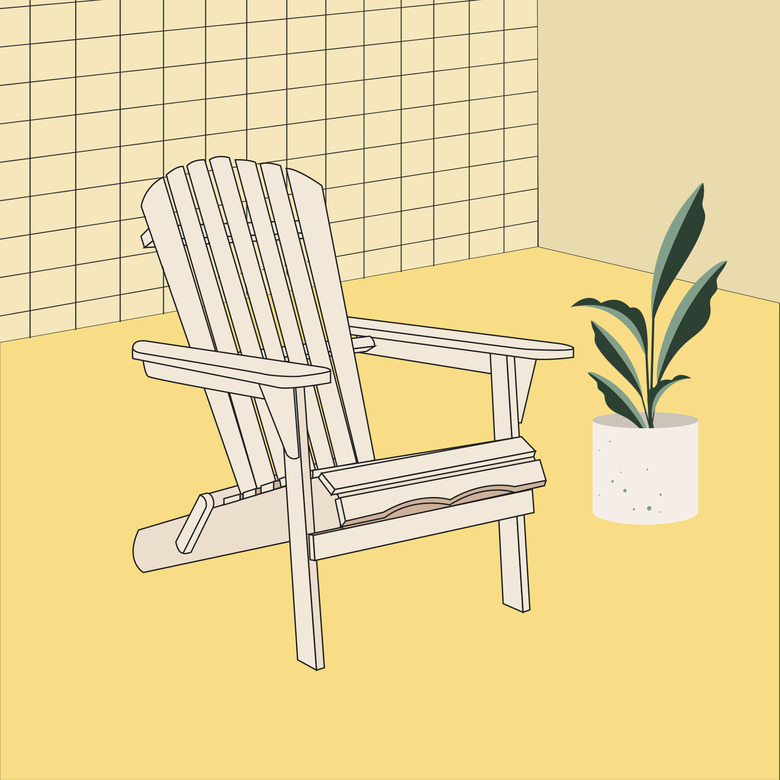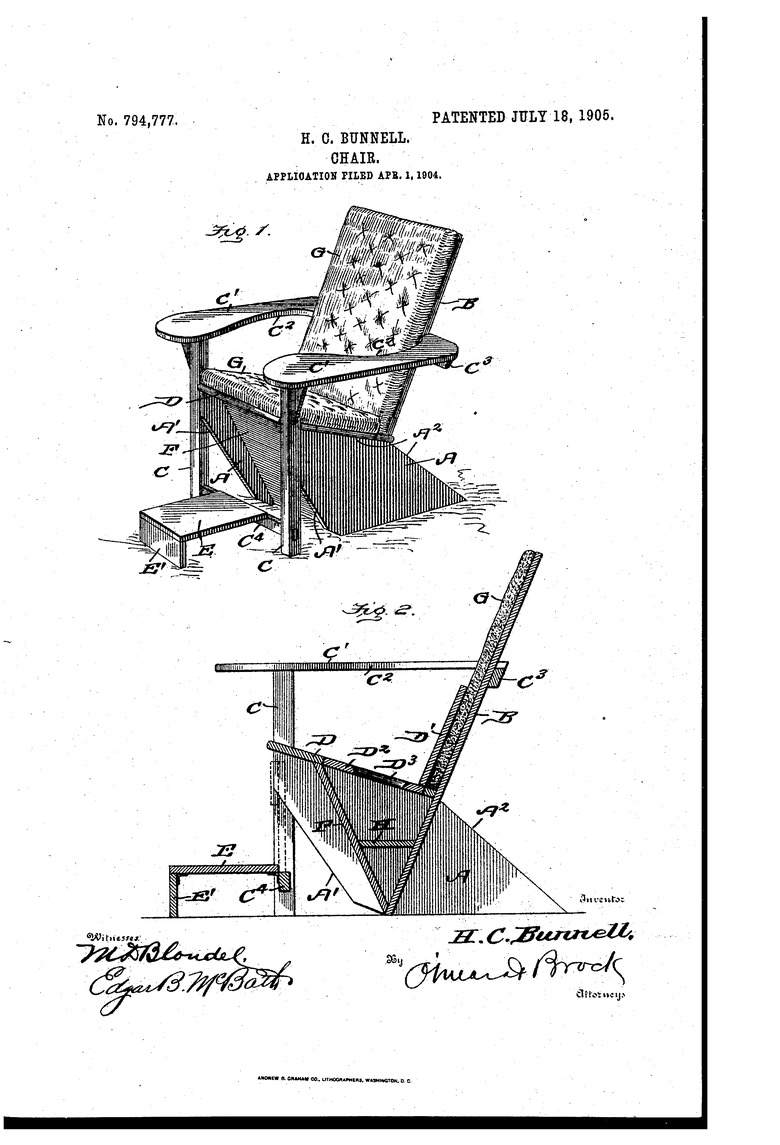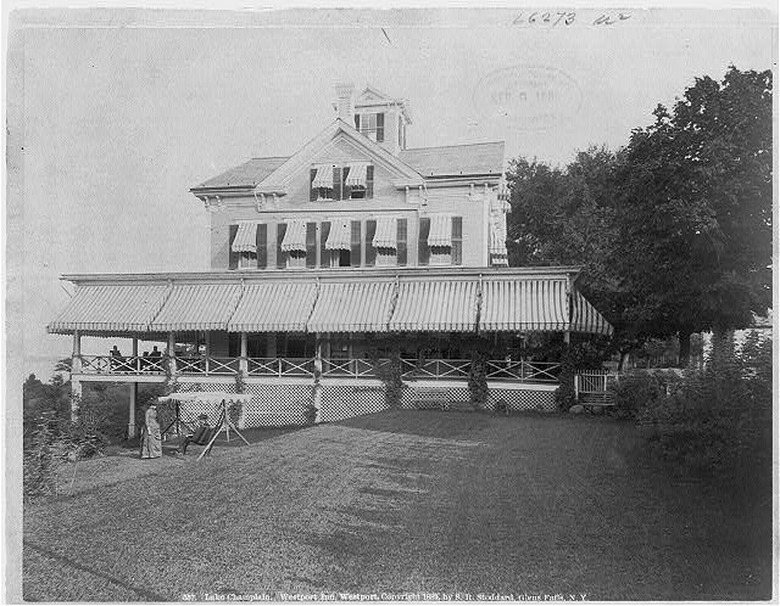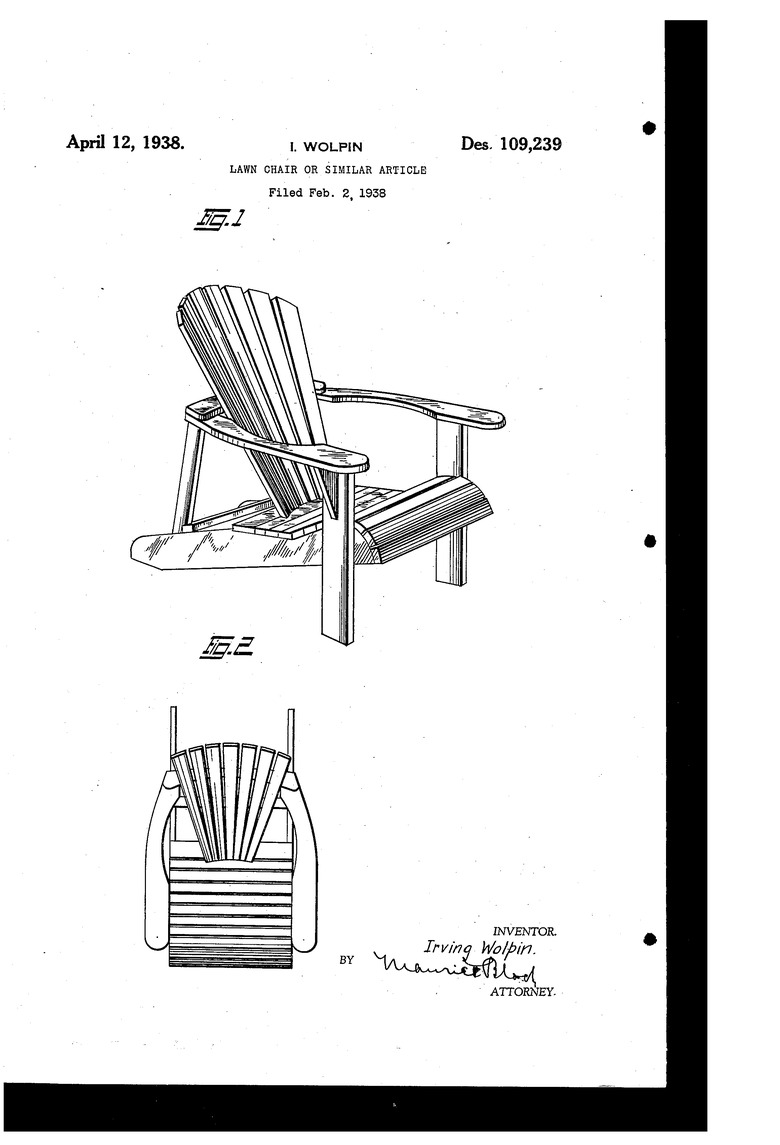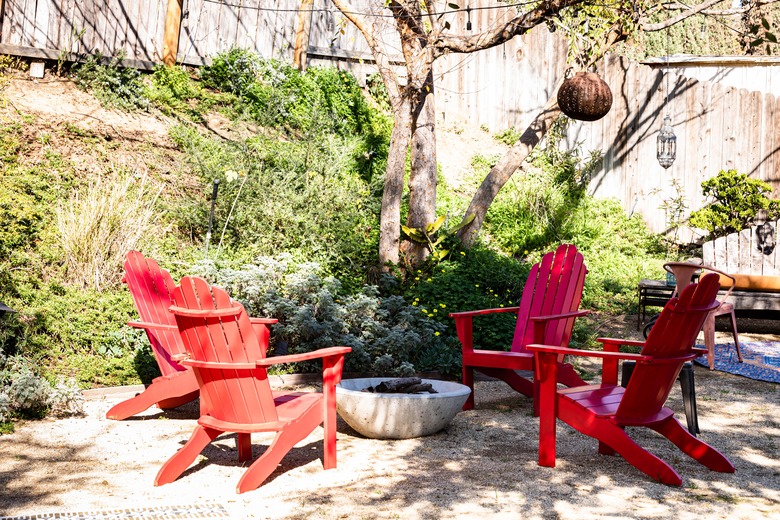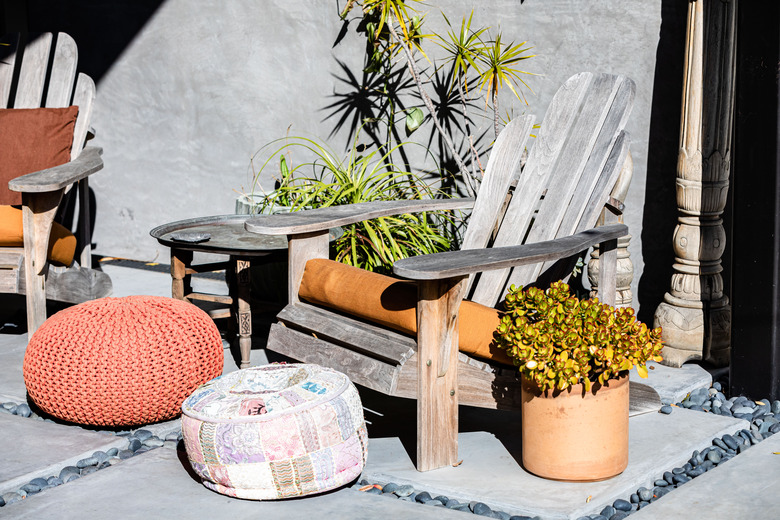What's The Story Behind The Adirondack Chair?
We may receive a commission on purchases made from links.
It's considered one of the earliest examples of American modern design and an icon of leisurely summer afternoons: the simple, functional Adirondack chair. But after Massachusetts native and Harvard graduate Thomas Lee developed the idea for an angular (but surprisingly comfortable!) seat made out of wide planks of local wood in 1903, it was called the Westport chair after the fashionable resort town in upstate New York where he summered with his family.
Where was the Adirondack chair invented?
Where was the Adirondack chair invented?
Although Lee was originally from Boston, he, like many other wealthy East Coast urbanites, sought summer refuge in the Adirondack Mountains, a range that today corresponds roughly to the boundaries of Adirondack Park. And in designing the Westport chair, he was looking for something that was ideally suited to the rustic, rugged environment of the area. At the time, most turn-of-the-century pieces of furniture consisted of ornate, cloth-covered sets that were expensive and impractical, especially for outdoor use.
So Lee asked the 20-odd members of his family (including his sister Alice Lee, who owned the posh Westport Inn) who gathered at Stony Sides, the family compound in Westport on Lake Champlain, to weigh in on multiple designs that he had developed, according to Craig Gilborn's book, Adirondack Furniture and the Rustic Tradition. The winning design was made of 11 planks that formed the flat back, the prone seat, the wide arms, and the short, wide leg supports. His original design emphasized the natural grain of the wood (probably hemlock, basswood, or hickory) and was stained a dark brown topped with a coat of wax or painted a green or dark brown color.
Who patented the Adirondack/Westport chair?
Who patented the Adirondack/Westport chair?
Lee's tinkering brought him to friend and carpenter Harry Bunnell, a Westport native, who began building and selling the chairs himself. In 1904, Bunnell applied for a U.S. patent on what he called the "Westport Chair," and was granted the patent the following year. Bunnell even had a vision for how and where the chair would be used: The patent specifically noted that "the object of this invention is a chair of the bungalow type adapted for use on porches, lawns, and at camps." Both Lee and Bunnell saw the chair as a seat ideally designed for rustic, outdoor environments and not the swank, polished life of the city.
Bunnell's Westport chair continued to be produced through the 1920s, stamped with the patent date and the words "H.C. Bunnell" on the backrest. (FYI: you can buy your own original version on 1stdibs — for a tidy sum starting at $4,200.) Although his original patent illustrated a potential cushion at the backrest, a footstool, and even adaptations for those with illnesses — tuberculosis was a huge concern in those days — the chair was reproduced with few, if any, of these additions and adjustments. In later years, he made a few other tweaks to the original design, filing a patent in 1922 for a child-sized version and also developing a design for a double chair with a shared armrest.
But by the late 1930s, changes were brewing. In 1938, another patent for a very similar chair was filed, this time by Irving Wolpin of New Jersey. Wolpin's small modifications reflected the economic strains of the Great Depression: The chair backrest was made up of multiple narrower slats of wood instead of the single, wide plank of Bunnell's chair, and the seat was contoured. The smaller pieces meant that the chair back could be made from scrap elements, decreasing the production cost. But the idea of the chair being used outside remained the same, and Wolpin described it as a "lawn chair or similar article."
Where does the name "Adirondack chair" come from?
Where does the name "Adirondack chair" come from?
Since then, the chair dropped its small town moniker and took up the regional name of the Adirondack chair. It continued to be produced in large quantities into the 1940s with the popularization of mail order kits, and even had a variant developed in Canada called the Muskoka chair. It became a symbol not only of the Adirondack area, but also a hallmark of rustic, easy-going life; its strong lines spoke to its straightforward use, and its sturdy construction ensured that it would last through the years in both sun and snow.
What does the Adirondack chair look like today?
What does the Adirondack chair look like today?
The chair has only continued to evolve. Today, newer takes have introduced modern materials, bright colors, and other updates that have kept the chair relevant and even rustic-chic. Design Within Reach, the harbinger of modern design, sells an Adirondack Lounge Chair that is made from 100% recycled plastic and has a hidden bottle opened on the right arm while Room & Board's Emmet Outdoor Lounge Chair is made in Duluth, Minnesota from recycled high-density plastic in a range of neutral and bold colors. Rejuvenation has a slightly updated profile of the seat with their Arcadia Adirondack Chair made out of Forest Stewardship Council (FSC) certified mahogany wood, as does West Elm with the Portside Adirondack Chair.
Yet regardless of color, material, or finish, each version of this enduring symbol of rustic Americana has the same goal: to make summer sitting comfortable and easy.
